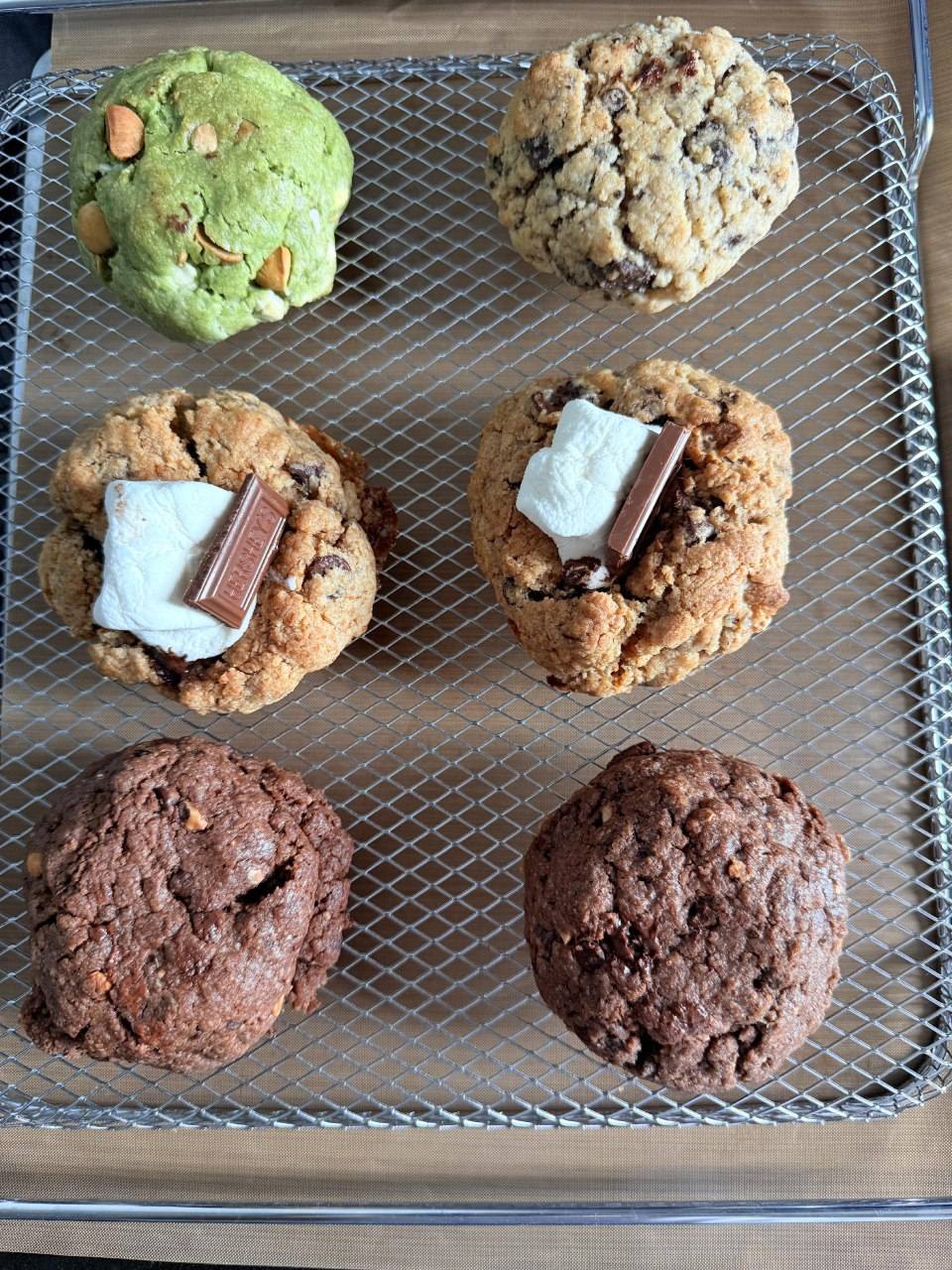ADVERTISEMENT
# **The Ultimate Guide to Fat Cookies: The Perfect Recipe for Comfort and Indulgence**
## **Introduction: The Allure of Fat Cookies**
Everyone loves a good cookie. Whether it’s soft, chewy, crunchy, or gooey, cookies are one of the most universally adored treats. But have you ever wondered what makes a cookie truly indulgent, irresistibly delicious, and so utterly comforting that it becomes a weekly (or even daily) craving? The answer is simple: **Fat cookies.**
Fat cookies are the epitome of cookie indulgence. They’re thick, gooey, and packed with flavor in every bite. These cookies are far from the standard thin, crispy varieties you might find in a store-bought package. Fat cookies are big, bold, and have a satisfying texture that makes each bite feel like a complete treat. They are filled with all the good stuff: chocolate chips, nuts, or maybe even a surprise ingredient or two.
In this article, we will dive deep into the world of fat cookies. From exploring their origins and why they have such a special place in the hearts of cookie lovers, to offering detailed, step-by-step recipes, tips for perfecting your fat cookies, and ways to get creative with variations, we’ll cover everything you need to know to master the art of baking the ultimate fat cookie.
—
## **1. The History and Evolution of Cookies: How Fat Cookies Came to Be**
Before we dive into the recipe and the science behind fat cookies, let’s take a quick trip down history lane to understand how cookies evolved into the delightful, thick, and indulgent treats that we enjoy today.
### **The Origins of Cookies**
Cookies, as we know them, evolved from the concept of a “small cake.” The word “cookie” comes from the Dutch word **”koekje,”** meaning “little cake.” These early cookies were essentially test cakes, made by bakers to test oven temperatures before baking larger cakes. They were small, sweet, and often crisp, with no real differentiation between cookies and cakes.
Cookies began to take shape in the United States during the **18th century**, when they were introduced by Dutch settlers. In the 19th century, as technology improved and baking became more refined, the first truly iconic cookies began to appear. One of the most well-known cookies, the **chocolate chip cookie**, was invented by **Ruth Wakefield** in 1938 when she added chopped-up pieces of a chocolate bar to a batch of cookie dough, creating what would become one of the most famous cookies of all time.
### **From Thin to Fat: The Evolution of Cookie Styles**
While the classic thin cookie has always been popular, the trend toward **fat cookies** (or “thick” cookies) really gained momentum in the 1990s and early 2000s. As baking techniques and ingredients evolved, cookie lovers began craving a new kind of texture—thick, chewy, and soft in the middle with just the right amount of crispiness on the edges. This style of cookie, often referred to as a “fat cookie,” became a favorite for its indulgent, comforting nature.
Today, fat cookies are not just a passing trend—they’re a staple in bakeries, cafes, and home kitchens worldwide. With their robust texture and ability to hold a variety of mix-ins (chocolate chips, nuts, dried fruits, and beyond), fat cookies have earned a permanent spot in the pantheon of classic cookies.
—
## **2. What Makes a Cookie “Fat”?**
The term “fat cookie” refers to the **size** and **texture** of the cookie, which is typically much thicker and chewier than a traditional flat cookie. Fat cookies stand out due to several characteristics that make them especially indulgent and satisfying:
### **1. Thickness**
The most obvious feature of a fat cookie is its thickness. Unlike the thin, crispy variety, fat cookies are made to be taller and fluffier. This gives them a hearty, substantial bite that makes each cookie feel like a complete dessert.
### **2. Chewy Texture**
Fat cookies are often soft and chewy on the inside, with slightly crisp edges. This chewy texture is achieved by using ingredients that retain moisture (like brown sugar and butter) and by baking the cookies at the right temperature and for the right amount of time. The high-fat content of the dough also contributes to this rich, indulgent texture.
### **3. Generous Size**
Fat cookies are typically larger than traditional cookies, often requiring extra space between them on the baking sheet. Their large size adds to the indulgence factor—each cookie is a substantial treat, perfect for satisfying a big craving.
### **4. Hearty Mix-ins**
Fat cookies are known for their rich, generous fillings. They often feature a mix of ingredients such as **chocolate chips**, **nuts**, **caramel chunks**, or **toffee**, and can even include **marshmallows**, **candy pieces**, or **dried fruit**. These fillings complement the thick, chewy dough, creating a balanced cookie that’s flavorful in every bite.
For Complete Cooking STEPS Please Head On Over To Next Page Or Open button (>) and don’t forget to SHARE with your Facebook friends
